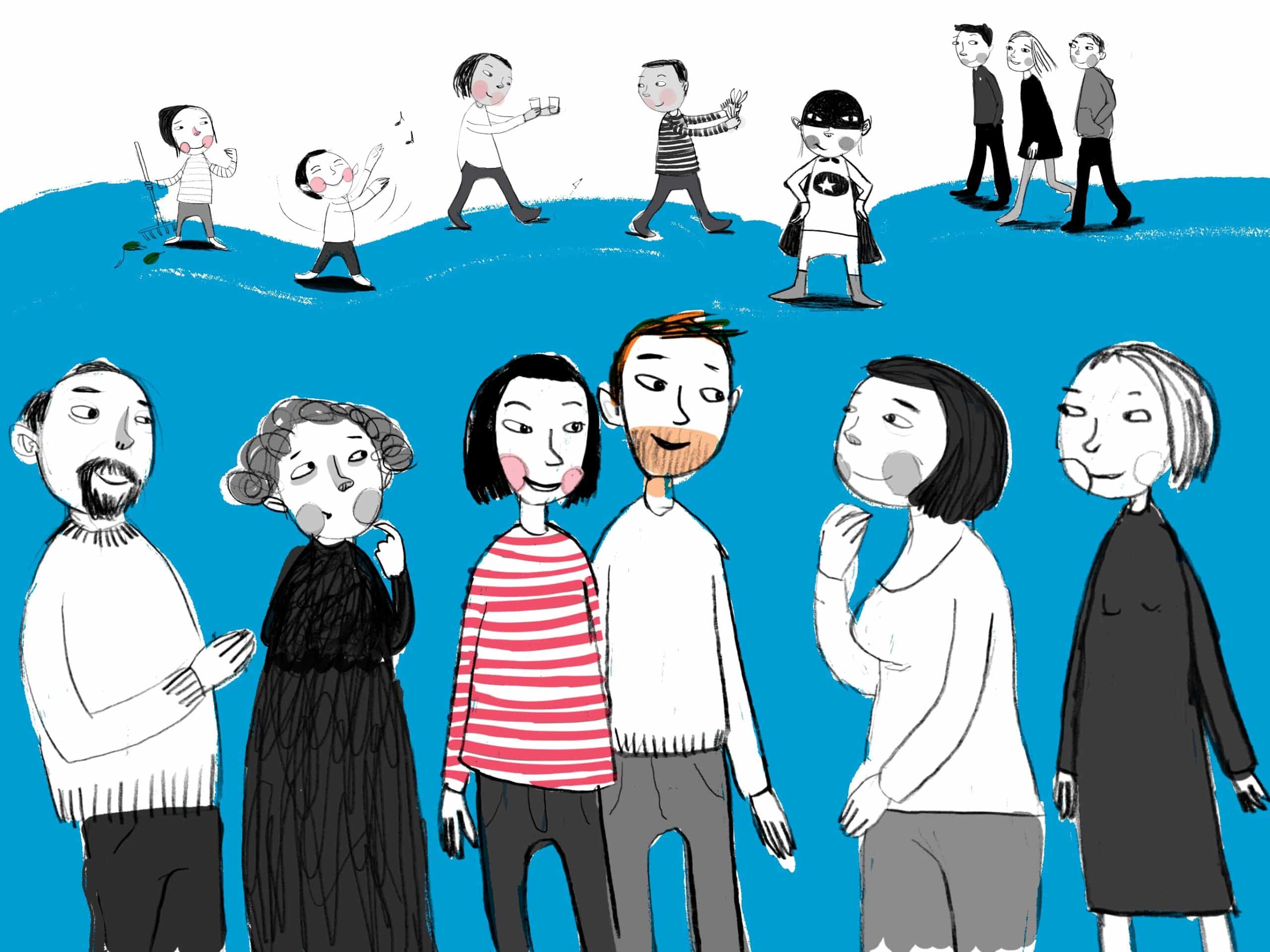Somaliland

Although not recognised as a sovereign state by the international community, the autonomous region of Somaliland has been an island of relative political stability in the midst of the chaos and destruction that continues to unsettle the Horn of Africa. However, poverty and high levels of unemployment continue to make life challenging for the vast majority of Somaliland citizens. Despite improvements, the government struggles to provide basic goods and services to its people.
Moreover, climate change brings many challenges. The changing weather, droughts, floods and locust swarms mean that many families have to leave their homes, and rebuild their lives without social support structures in place.
SOS Children’s Villages has been supporting children and young people without parental care, or at risk of losing it in Somaliland since 2002.
Villages in Somaliland
Children are at risk
While the end of violence and instability is a first step in ensuring that children and families in the country can benefit from progress in education, health care, improved nutrition and better access to safe water and sanitation, the challenges for children and families in Somaliland are still daunting. Acess to education in Somaliland is extremely limited, with more than 50% of children in Somaliland out of school. Without education, children are less likely to be able to support themselves when they are older, and so the cycle of poverty continues.

26%
Of children in rural communities are enrolled in school
Children lack education
Drought, food insecurity, poverty and inequality are some of the challenges hindering efforts to get more children and young people into school in Somaliland.
Educational opportunities are particularly poor for school-aged children in rural areas and internally displaced persons in Somaliland.
Only 26% of children in rural areas and 16% of internally displaced children attend primary school.

1.2M
Children under the age of five are likely to be malnourished
Malnutrition
Nearly seven out of ten people in Somaliland live on less than $1.90 per day, making it the sixth highest poverty rate in southern Africa. Poverty is both widespread and deep, especially in households in rural areas and in settlements for internally displaced persons (IDP). The number of people who experience food insecurity and suffer from long-term stress is trending upwards. Around 1.2 million children under five are likely to be acutely malnourished, including 213,400 who are likely to be severely malnourished.

600,000
People were forced to leave their homes due to climate change
Climate change
Climate change is exacerbating the humanitarian crisis in Somaliland, sparked by years of civil war and a famine that ravaged much of East Africa and claimed the lives of 260,000 people in 2011. Droughts in 2016 and 2017 killed 80% of livestock, the major export and basis of Somaliland’s economy. In 2018, Tropical Storm Sagar, the strongest cyclone ever to make landfall in this part of the world, hit the region, displacing thousands of people from their homes. This year alone, 600,000 people were forced to leave their homes due to climate change related disasters.
Together we can make a difference for children in Somaliland
.png)
850
Families
Can stay together

6,030
Adults and children
Are supported in the community

200
Children and young people
Learn at our kindergartens and schools

140
Children
Grow up in our care
.png)
50
Young people
Are supported on their way to independence

2
Emergency services
Were possible

Let’s keep on protecting children and young people!
Many children have been able to find a safe and secure home. With your help, we can continue to change their lives